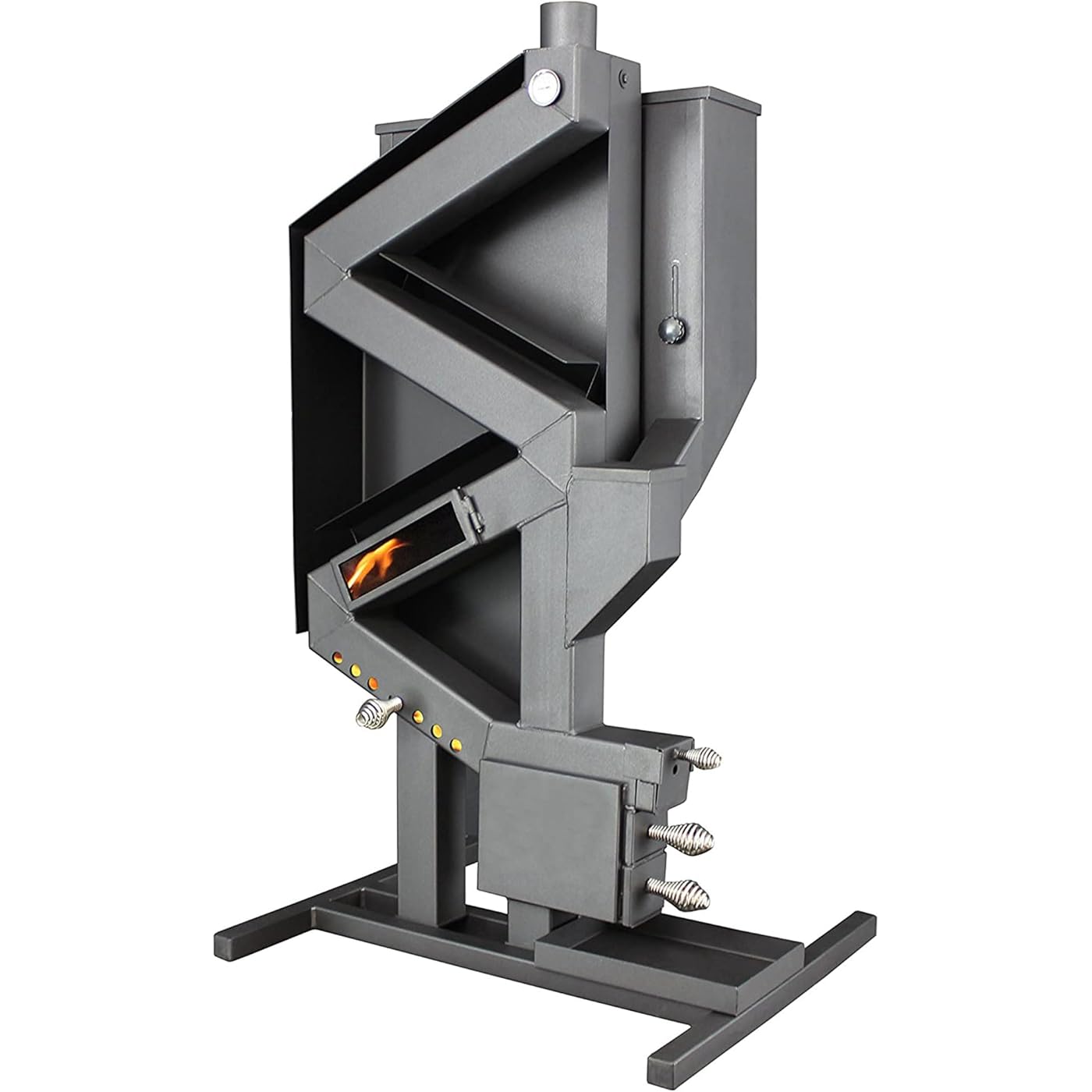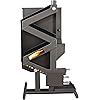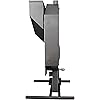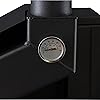









Ready to go? Add this product to your cart and select a plan during checkout. Payment plans are offered through our trusted finance partners Klarna, PayTomorrow, Affirm, Afterpay, Apple Pay, and PayPal. No-credit-needed leasing options through Acima may also be available at checkout.
Learn more about financing & leasing here.
30-day refund/replacement
To qualify for a full refund, items must be returned in their original, unused condition. If an item is returned in a used, damaged, or materially different state, you may be granted a partial refund.
To initiate a return, please visit our Returns Center.
View our full returns policy here.
Features
Description
US Stove Wiseway pellet stove takes away the need for electricity by utilizing a natural gravity feed system that eliminates all mechanical parts, meaning less maintenance and fewer breakdowns. This patented revolutionary design is the only epa-certified and UL-listed nonelectric pellet stove on the market today. The Wiseman is easy to start and operate. Simply heat the burn chamber and flue and start the pellet flow with a propane Torch. This stove uses a natural draft that will take over and Ramp the stove up to temperature. Adjustments are simple by opening and closing fresh air intakes on the front of the stove. The window allows you to see the flame traveling up the body of the stove. Since it uses no electricity, heat is radiated off the 3-1/2 inch tubing and the steel baffles on the back. This stove offers extremely small clearances on the rear and sides, making it easy to install. Since it does not use any electricity, this stove is the perfect source of heat for areas that are prone to blackouts or for off-the-grid installations.
Brand: US Stove
Material: Alloy Steel
Color: Black
Product Dimensions: 24"D x 15"W x 52"H
Item Weight: 131 Pounds
Brand: US Stove
Material: Alloy Steel
Color: Black
Product Dimensions: 24"D x 15"W x 52"H
Item Weight: 131 Pounds
Assembly Required: Yes
Heat Output: 40000 British Thermal Units
Ventilation Type: Vent Free
Fuel Type: Electric
Portable: No
Mounting Type: Freestanding
Coverage: 2000 square feet
Manufacturer: United States Stove Company
UPC: 012685019499
Global Trade Identification Number: 99
Item Weight: 131 pounds
Country of Origin: USA
Item model number: GW1949
Is Discontinued By Manufacturer: No
Finish types: Black
Care instructions: wipe clean
Number of pieces: 1
Warranty Description: 3 years on firebox. 1 year on cabinet.
Batteries required: No
Included Components: stove









